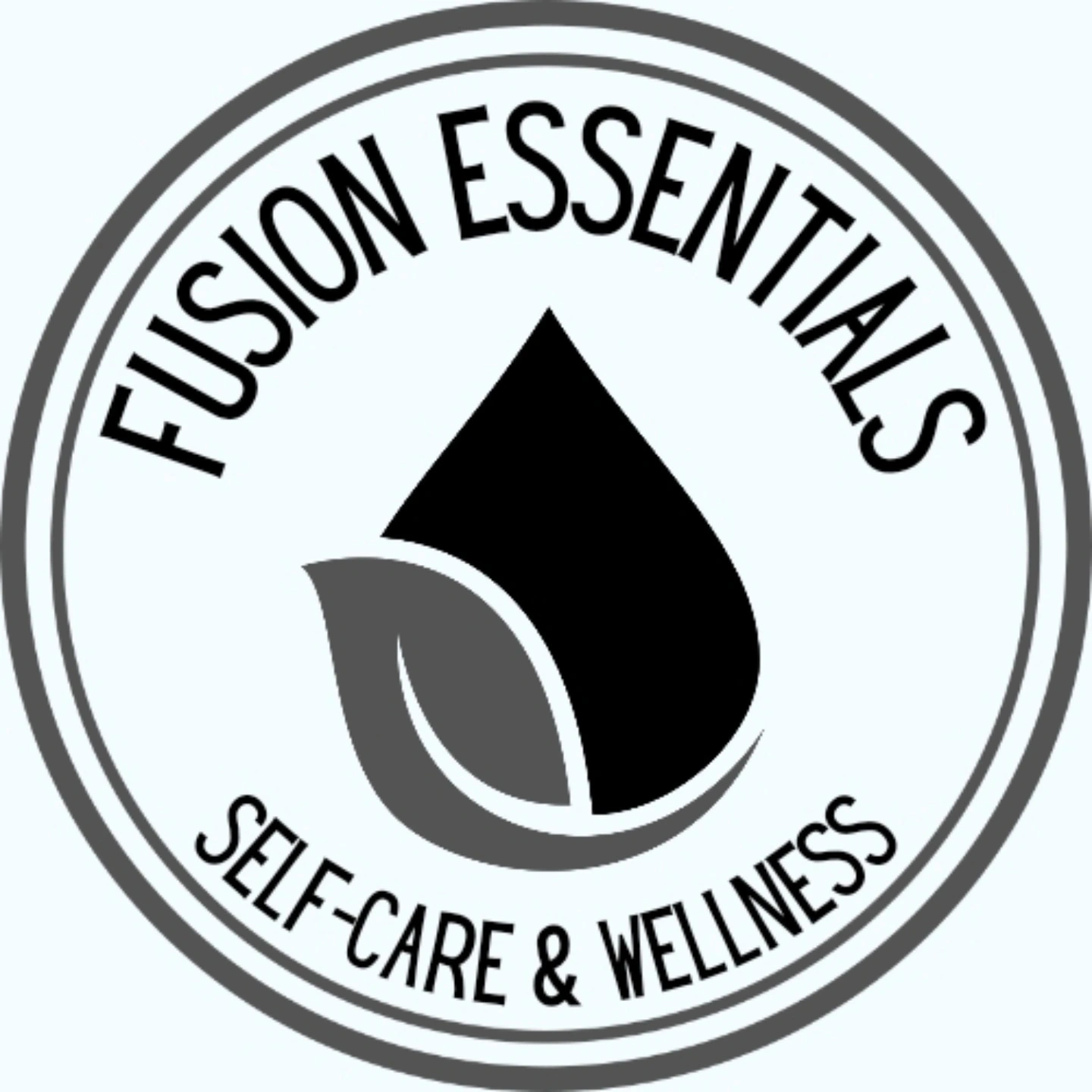Preparing for Cold and Flu Season, Part 1
- Fusion Essentials

- Jul 24, 2021
- 4 min read
Updated: Dec 18, 2023
Aside from wearing masks, social distancing, washing your hands, and eating and sleeping well is there anything else we could do to keep our families and ourselves safe and healthy? Well, the answer is yes, by using essential oil blends to keep the bugs at bay.
Do you worry about this fall and winter in light of the #COVID-19 pandemic? Well, you're not alone. Many folks are concerned about catching a double dose of colds and this season's flues. Leading experts are stating that the United States is about to see a surge in the number of COVID-19 cases this season.(1) I thought the same at the end of spring. I wasn't worried about summer. My concern was about the fall and winter. To put my mind at ease, I began to make blends of organic and wildcrafted essential oils that addressed colds and flu-like symptoms. In this article I'll focus specifically on each essential oil's chemical constituents in one of my blends, Li'l Sniffles (Kid-Safe), and how each one plays a role in helping our kids feel better.

Do you worry about this fall and winter in light of the COVID-19 #pandemic? Well, you're not alone. Many folks are concerned about catching a double dose of colds and this season's flues.
Li'l Sniffles (Kid-Safe)
If your #children come down with a nasty cold, applying the blend, Li'l Sniffles (Kidsafe), is a step towards making them feel better. I specifically made this blend just for kids. Li'l Sniffles (Kidsafe) contains the following essential oils: #organics #rosemary, #lavender, #peppermint, #wildcrafted plai and sweet almond as the carrier oil.
Why do I use organic and wildcrafted #essentialoils? The Food and Drug Administration (#FDA) has a lengthy process of granting a certification to an agricultural business that has declared itself as organic with its products. And when I say lengthy, I mean lengthy! Some businesses go through a rigorous five year process to show that their business is sound when it comes to producing organic goods. And I'm glad. As the consumer, you know exactly what you are getting when you ask questions that have available answers concerning the quality of an essential oil. I don't have to worry about pesticides, chemical fertilizers, and other toxic products that are bad for the environment and for our families.
Let's take a look at how essential oils can help ameliorate the symptoms of the common cold and flu.
Rosemary (Rosmarinus officinalis)
Rosemary has peripheral #antinociceptive activity and anti-inflammation activity.(2) It's reported to have good antibacterial activity.(3) It also has a reputation for increasing circulation. The 1,8-cineole and camphor chemotypes have expectorant based on the known activities of these constituents. Another constituent, verbenone, has regenerating qualities and it has a mucolytic effect on the respiratory system.
Lavender (Lavandula angustifolia)
Lavender is well regarded as an #analgesic oil, and its main constituent, linalool, has been well researched in this capacity. Linalool is the most studied monoterpenol and has multiple and diverse sites of action.(4) It is notable for its antinociceptive action (5) and linalyl acetate also has antinociceptive action (6). With its anti-inflammatory activity, couple with its broad antimicrobial actions and profound stress-relieving effects, lavender may offer immunostimulant properties.
Peppermint (Mentha x piperita)
Menthol is a well known topical analgesic. Its uses include #headache (7) and postherpetic neuralgia (8). It's also anti-inflammatory, #antipruritic, #antibacterial, and counteracts nausea and vomiting. One of its constituents, 1,8-cineole, is useful for #antifungal actions.(9) Ketones which is one of the families that peppermint is under are able to reduce #mucosal secretions.(10)
Plai (Zingibar cassumunar)
Plai provides circulation for the muscles and joints. It is an analgesic for aches and pains. Its principle constituents, terpinenele-4-ol and sabinene, are anti-inflammatory. (11)
As you can see, there is a variety of chemical constituents in each essential oil, and these constituents have been researched and found to provide activities and actions that are known to be beneficial.
In Part 2 of Preparing for Cold and Flu Season, I will go over the essential oils that make up the organic blend, Sinus Comfort, that adults can take when they are experiencing upper #respiratory symptoms.
(1) Hamblin, James. https://www.theatlantic.com/health/archive/2020/09/how-america-can-survive-the-winter/616401/ cited as of 10/06/2020.
(2) Takakaik, I. et al. (2008) Anti-inflammatory and antinociceptive effects of Rosmarinus officinalis L. essential oil in experimental animal models. Journal of Medicinal Food 11, 4, 741-746.
(3) Fu, Y.-J et al. (2007) Antimicrobial activity of clove and rosemary essential oils alone and in combination. Phytotherapy Research 21, 989-994.
(4) Guimaraes, A.G. et al. (2013) Monoterpenes with analgesic activity -- a systematic review. Phytotherapy Research 27, 1-15.
(5) Batista, P.A. et al. (2008) Evidence for the involvement of ionnotropic glutamatergic receptors on the antinociceptive effect of (-)-linalool in mice. Neuroscience Letters 440, 299-303.
(6) Peana, A.T. et al. (2002) Anti-inflammatory activity of linalool and linalyl acetate constituents of essential oils. Phytomedicine 9, 721-726.
(7) Gobel, H. et al. (1994) Effect of peppermint and eucalyptus oil preparations on neurophysiological and experimental algesimetric headache parameters. Cephalagia 14, 228-234.
(8) Davies, S.J. et al. (2002) A novel treatment for postherpetic neuralgia using peppermint oil. Clinical Journal of Pain 18, 200-202.
(9) Lang, G. and Buchbauer, G. (2012) A review on recent research results (2008-2010) on essential oils as antmicrobials and antifungals. A review. Flavour and Fragrance Journal 27, 12-39.
(10) Penoel and Franchomme (1990) L'aromatherapie Exactement. Limoges: Jallois.
(11) Lawless, Julia. (2014) The Encyclopedia of Essential Oils.Harper Thornsons: Great Britain.








Comments